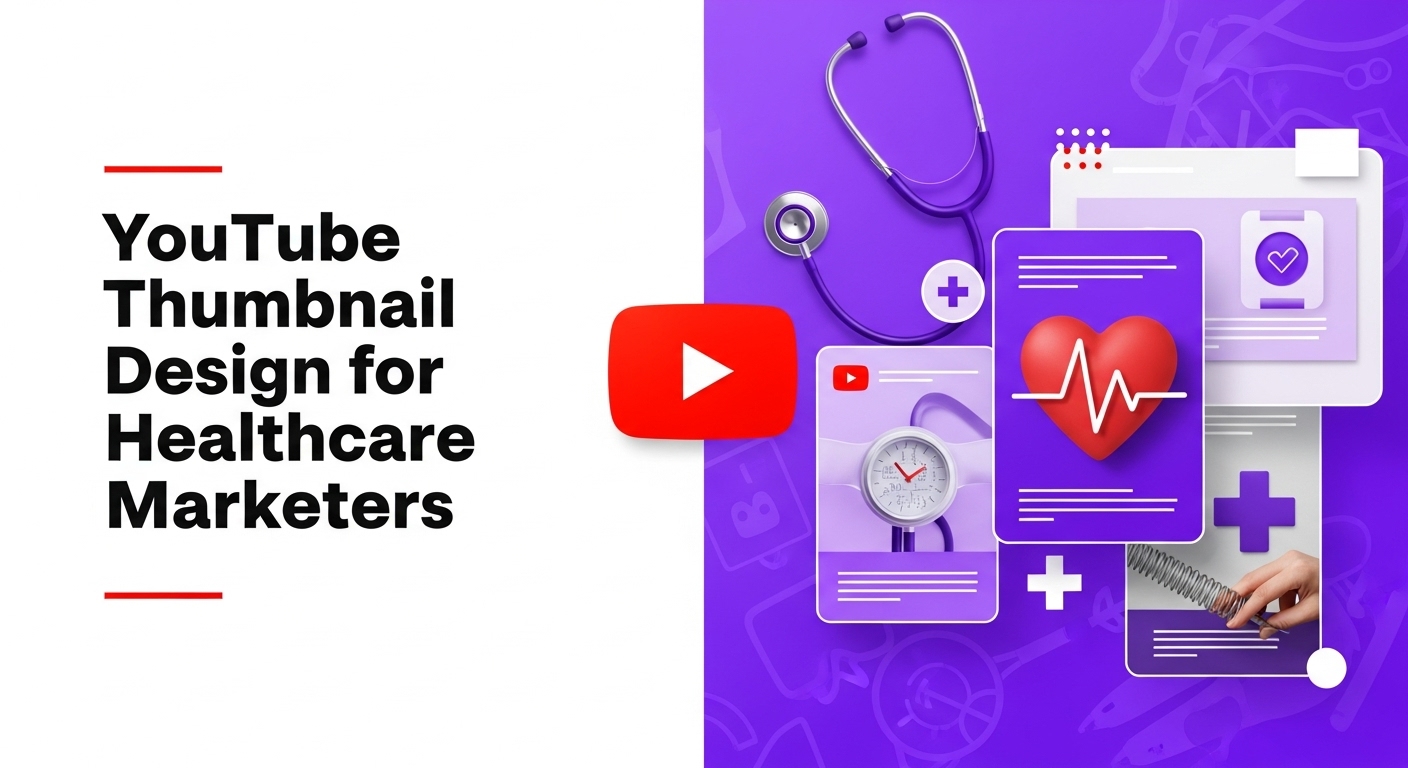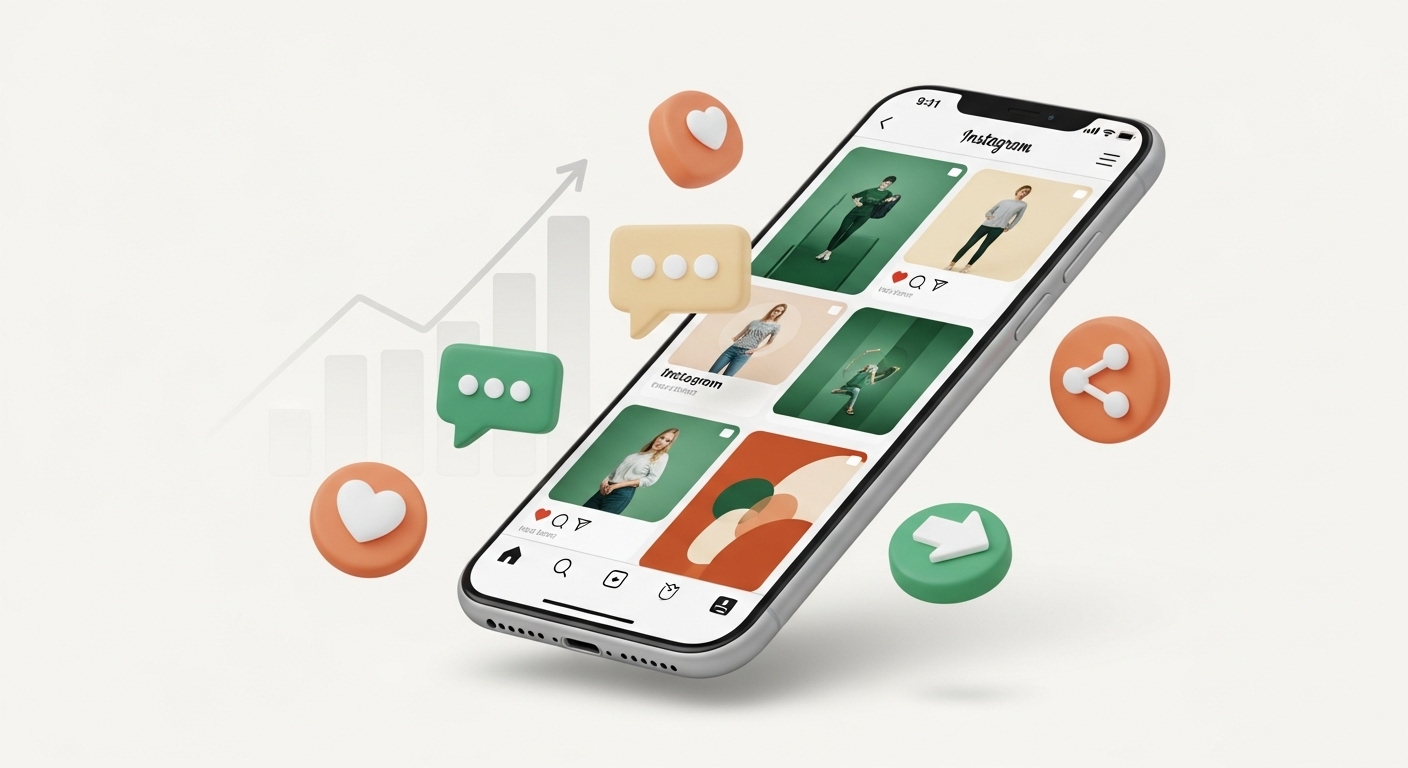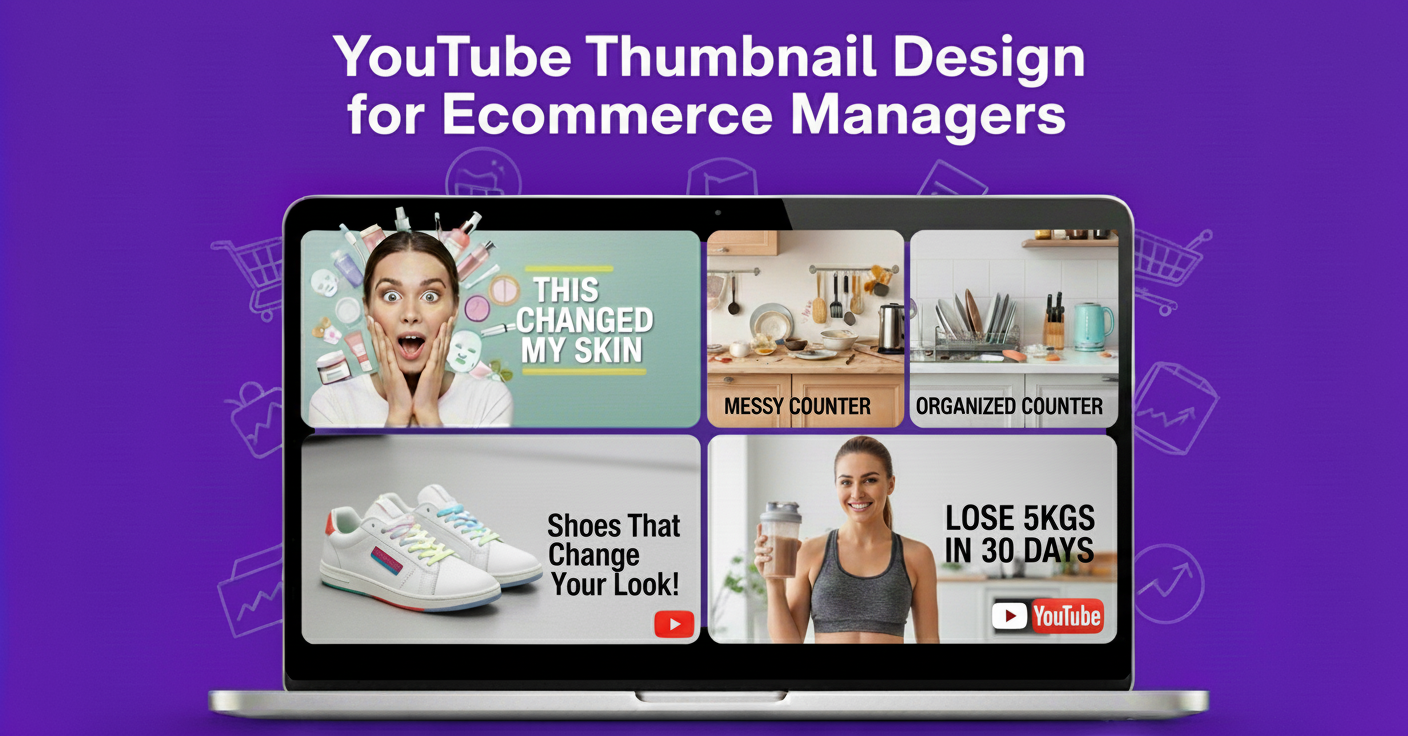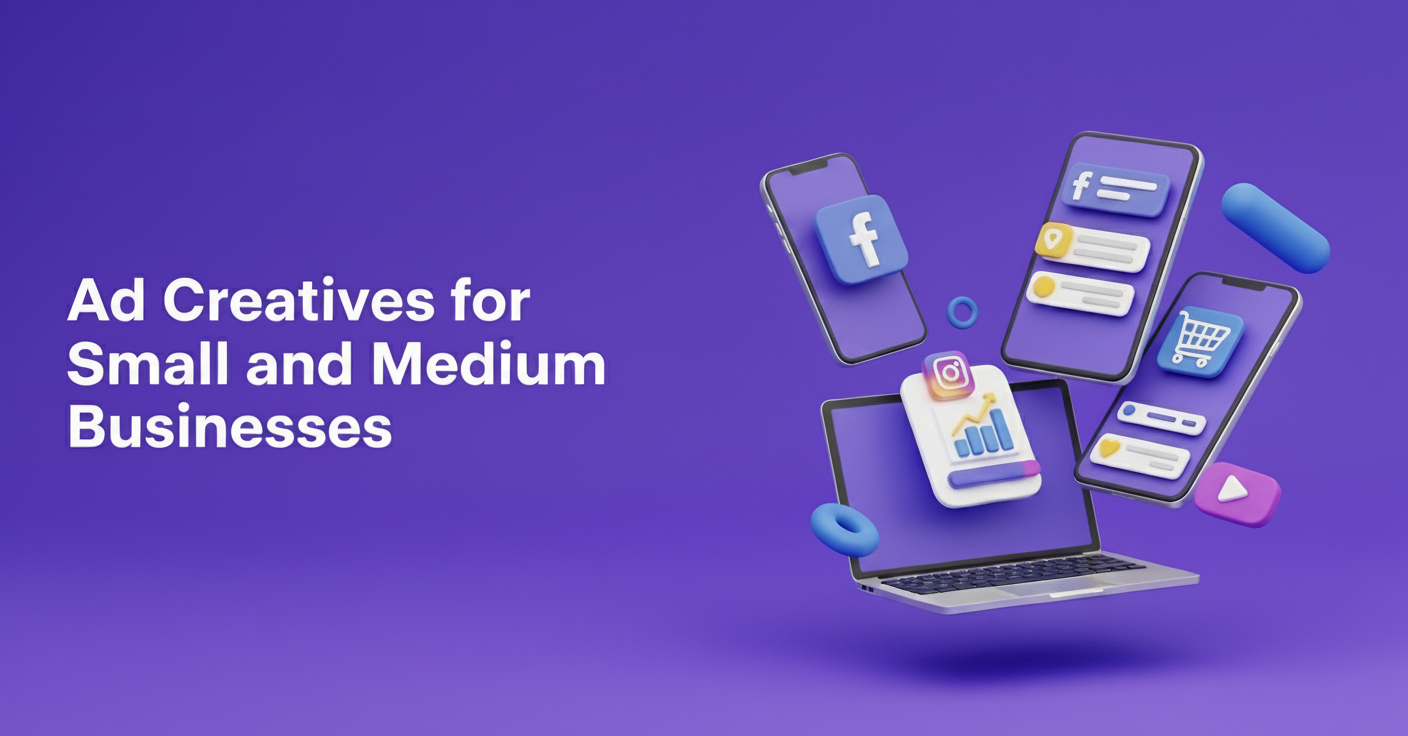If you’re in healthcare marketing and your YouTube thumbnails look like they could’ve been designed by your IT department in 2007. we need to talk.
I’ve been watching healthcare organizations struggle with YouTube for years now. And here’s the thing that breaks my heart: you’re creating incredible content.
Life-changing educational videos. Expert interviews that could genuinely help thousands of people. But your thumbnails? They’re basically invisible on the platform.
It’s like having the best restaurant in town but forgetting to put up a sign.
TL;DR
- Most healthcare marketers are creating brilliant YouTube videos but killing their click-through rates with bland, “too professional” thumbnails.
- On YouTube, your thumbnail is the sign that pulls people in, faces, curiosity-driven text, bold colors, and smart testing are what actually drive clicks.
- You don’t need to sacrifice credibility or compliance to win attention, you just need to think like a YouTuber, not like a medical journal editor.
The Healthcare Thumbnail Problem (And Why It’s Not Your Fault)
Here’s what I see happening constantly in the industry…
Most healthcare marketers design YouTube thumbnails like they’re medical journal covers clean, safe, professional. But YouTube isn’t a journal. It’s a battlefield for attention, competing with cat videos and cooking hacks. But the truth is, that polished thumbnail gets ignored in 0.3 seconds while the flashy fitness guru grabs the click
I learned this the hard way when I was helping a cardiology practice launch their YouTube channel. Their first video was genuinely brilliant – a cardiologist explaining heart health in terms anyone could understand. The thumbnail? A stock photo of a stethoscope and some clinical-looking text.
Total views after two weeks: 47.
What Actually Works (Without Compromising Your Credibility)
Okay, so here’s where things get interesting…
You don’t have to choose between professional credibility and YouTube success. But you do need to understand what makes someone stop scrolling and click on YOUR video instead of the thousand others they’re seeing.
The Face Factor
People connect with faces. Period.
I know, I know you’re thinking about HIPAA compliance and professional boundaries. But I’m not talking about patient photos (obviously). I’m talking about your experts’ faces.
That cardiologist I mentioned earlier? Once we started using close-up shots of him actually explaining something mid-gesture, making eye contact with the camera, their click-through rates jumped 340%.
Here’s why this works: when someone sees a real person’s face, their brain automatically thinks “this person is talking to me.” It’s not just content anymore. It’s a conversation.
Quick tip: Capture these shots during your actual filming. The best thumbnail faces are the ones where your expert is genuinely engaged in explaining something, not posing for a photo.
The Curiosity Gap (Healthcare Edition)
You know what gets people to click? Questions they can’t ignore.
But here’s where most healthcare thumbnails go wrong, they answer the question right in the thumbnail.
- Don’t do this: “5 Signs of Heart Disease”
- Do this: “Your Heart Is Trying to Tell You Something”
- Don’t do this: “How to Lower Blood Pressure”
- Do this: “The 60-Second Blood Pressure Fix”
See the difference? The first examples are informative but complete. There’s no reason to click because you already got the information. The second example creates a gap, you NEED to click to close that loop in your brain.
Colors That Actually Work on YouTube
This might sound superficial, but thumbnail colors matter more than you think.
YouTube’s interface is predominantly white, red, and black. So thumbnails that use complementary colors, especially blues, oranges, and greens naturally stand out.
I’ve seen dermatology practices absolutely nail this by using warm, skin-tone colors in their thumbnails. Dental practices often do well with bright, clean whites and blues. Mental health content tends to perform better with calmer, more muted color palettes.
But here’s the key: whatever colors you choose need to be consistent across your channel. People should be able to recognize your content from the thumbnail alone.
The Text That Converts (And the Text That Doesn’t)
Let’s talk about thumbnail text for a minute…
Most healthcare thumbnails I see have way too much text. Like, paragraphs of text. Remember, people are viewing these on mobile devices half the time. If they need to squint to read your thumbnail, they’re not going to click.
The rule of thumb: If you can’t read your thumbnail text clearly on your phone from arm’s length, it’s too small or too cluttered.
Here are some text approaches that actually work:
The Problem/Solution Format:
- “Knee Pain?” (large text)
- “Try This” (smaller text)
The Number Game:
- “3 Minutes”
- “Better Sleep”
The Emotional Hook:
- “Finally…”
- “Relief”
Notice how short these are? Notice how they create curiosity rather than answering everything upfront?
The Technical Stuff (That Actually Matters)
Alright, let’s get into the nuts and bolts for a second…
- Size matters: YouTube thumbnails are 1280×720 pixels. Always. Don’t try to get creative with dimensions – YouTube will just crop your image weirdly.
- File format: JPG or PNG work fine, but keep your file size under 2MB. YouTube gets cranky with larger files.
- Safe zones: Remember that YouTube overlays a timestamp in the bottom right corner of every thumbnail. Keep important text and faces away from that area.
- Mobile testing: This is crucial – check how your thumbnail looks on a mobile device before you publish. About 70% of YouTube viewing happens on mobile, so if your thumbnail doesn’t work on a small screen, it’s not going to work.
The Compliance Conversation
I know what you’re thinking: “This all sounds great, but what about compliance?”
Here’s the thing, being compliant doesn’t mean being boring.
You can create compelling thumbnails while still following all the rules. You just need to be thoughtful about it:
- Use your own staff and facilities (with proper releases)
- Focus on educational content rather than making medical claims
- Avoid before/after photos that could be misleading, check FDA advertising & promotion guidance to ensure you stay compliant.
- Keep patient privacy at the forefront of everything
I’ve worked with healthcare organizations that have created incredibly engaging thumbnail strategies while staying 100% compliant. It’s absolutely possible.
Testing and Iteration (Because Data Doesn’t Lie)
Here’s something most people don’t realize: YouTube lets you A/B test thumbnails. Try using YouTube’s Test & Compare thumbnail A/B testing to see which designs actually grab attention.
Seriously. You can upload multiple thumbnail options and YouTube will show different versions to different viewers to see which performs better.
This is gold for healthcare marketers because you can test professional vs. more casual approaches, different color schemes, text vs. no text – all with real data backing up your decisions.
I typically recommend testing for at least a week before making any permanent decisions. YouTube’s algorithm needs time to gather meaningful data.
Key Takeaways
- Faces win clicks: Use close-ups of your experts, not stock stethoscopes.
- Curiosity beats clarity: Tease the answer, don’t give it away in your thumbnail text.
- Color strategy matters: Pick consistent, eye-catching colors that stand out against YouTube’s red/white/black interface.
- Less is more with text: Keep it short, bold, and readable on mobile.
- Test, don’t guess: Use YouTube’s A/B testing to optimize thumbnails with real data.
- Stay compliant but creative: Compliance doesn’t mean boring, it means thoughtful.
Ready to Boost Your YouTube Click-Through Rates?
Creating effective YouTube thumbnails for healthcare content isn’t about compromising professionalism, it’s about connecting with humans. Faces, emotions, and curiosity drive clicks. And if they don’t click, even the best content goes unseen.
Your thumbnail is your chance to stop the scroll and say: “This is worth your time.”
Need help designing scroll-stopping thumbnails? Start your project with Design Shifu today.
FAQs
Why are YouTube thumbnails so important for healthcare marketers?
Because your thumbnail is the first thing viewers see. Even if your content is excellent, a dull thumbnail means people will scroll past it.
Can healthcare brands use faces in thumbnails without violating privacy?
How much text should a healthcare thumbnail have?
What colors perform best for healthcare thumbnails?
Is A/B testing thumbnails worth the effort?





